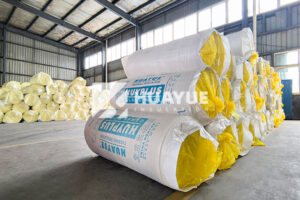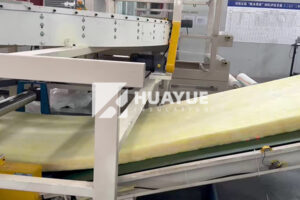How effective is high temperature fiberglass insulation for industrial applications?
When industrial tanks face intense heat, the wrong insulation can lead to failures, higher costs, and safety issues. Here’s what experts like me know.
Fiberglass insulation performs well in high temperature settings, typically up to 540°C (1000°F). It is noncombustible and resists heat transfer, making it reliable for industrial applications.
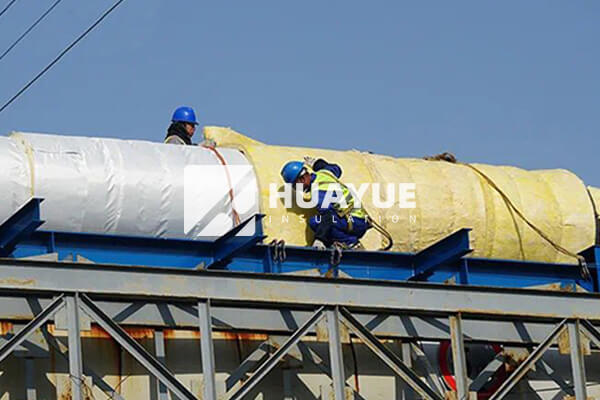
Choosing the right insulation affects tank longevity, safety, and regulatory compliance. Let’s look closer at the qualities of fiberglass, how it compares to other options, and important temperature ratings.
What is the maximum temperature for fiberglass insulation?
Heat damage can happen quickly if insulation exceeds its limit. I often check product datasheets before recommending materials.
Standard fiberglass insulation is rated for continuous use at temperatures up to 540°C (1000°F). This means it can safely perform in most chemical and high temperature tank environments.
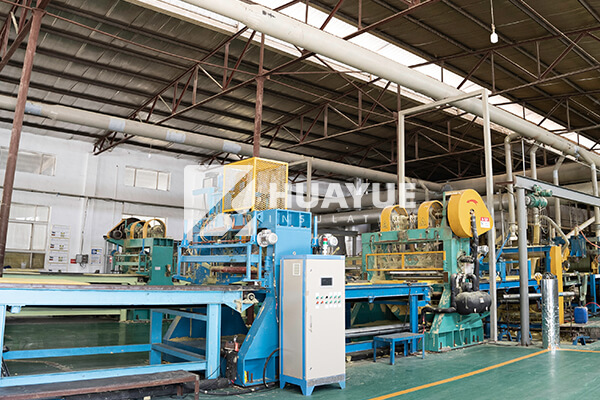
Understanding the upper temperature limit is critical to prevent material breakdown. Fiberglass insulation is made from spun glass fibers that do not melt or deform easily. On my projects, using insulation rated for these temperatures gives me peace of mind, especially on systems carrying steam, hot oil, or chemical solutions. Tanks exposed to higher heat require insulation with a proven performance record for thermal resistance over years of operation. In rare cases, for processes above 540°C, I also evaluate ceramic fiber or other specialty options. But for most industrial tanks, fiberglass insulation has a strong record for handling tough thermal loads without losing shape or efficiency.
What is the best high temperature insulator?
Choosing the best insulator depends on both performance and cost. Insulation loss can mean more frequent maintenance and higher energy bills.
For most applications below 1000°C, fiberglass and mineral wool insulation are excellent choices. For higher temperatures, ceramic fiber provides better resistance but costs more.
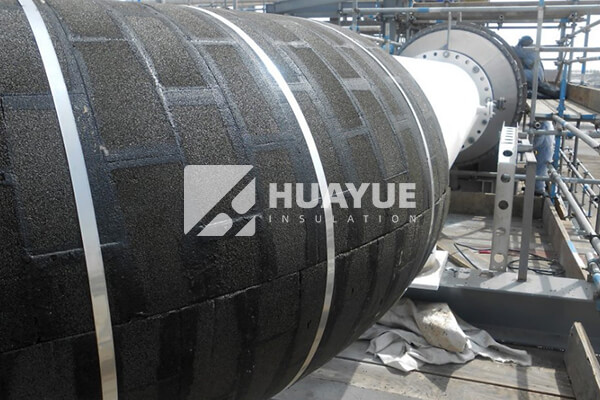
In my experience, fiberglass balances affordability and heat resistance. It does not burn and manages heat transfer better than organic materials. Mineral wool performs similarly, but typically has a slightly higher max temperature rating and better sound dampening. For tanks exposed to extremely high process temperatures beyond 1000°C, ceramic fiber is usually preferred for its exceptional heat tolerance, even though it is more expensive. The final choice must also account for mechanical strength, moisture absorption, and fire rating. I recommend calculating the full lifecycle cost for each material, considering installation, routine maintenance, and any regulatory requirements. This helps select the insulation that performs best under real-world conditions, not just on paper.
| Material | Max Temp (°C) | Fire Rating | Water Absorption | Typical Use |
|---|---|---|---|---|
| Fiberglass | 540 | Noncombustible | Low | Tanks, pipes |
| Mineral wool | 650 | Noncombustible | Moderate | Boilers, tanks |
| Ceramic fiber | 1300 | Noncombustible | Very low | Furnaces |
| Foam glass | 430 | Noncombustible | None | Chemical tanks |
What is the difference between fiberglass and mineral wool insulation?
I have used both materials for tank projects. Each has unique strengths.
Fiberglass insulation is lighter and less expensive. Mineral wool offers higher temperature resistance and better sound absorption.
The main structural difference is manufacturing. Fiberglass is made by spinning molten glass into fibers. Mineral wool is produced from basalt or slag rocks. When I choose for tanks, I ask if weight, cost, or higher heat is priority. Fiberglass works well for general thermal insulation, while mineral wool is the preferred option on systems that need noise control or face higher heat. Mineral wool can also handle slightly more pressure. Both are noncombustible and resist fire spread. That means my safety team trusts either for protecting critical equipment. Occasionally, I mix both in large installations to optimize budget without sacrificing protected storage.
| Feature | Fiberglass | Mineral Wool |
|---|---|---|
| Weight | Light | Heavier |
| Cost | Lower | Moderate |
| Fire Rating | Noncombustible | Noncombustible |
| Max Temp | 540°C | 650°C |
| Sound Absorption | Moderate | High |
| Water Absorption | Low | Moderate |
Does fiberglass insulation have a fire rating?
Fire safety is always a concern. Insulation must never add fuel to a fire.
Fiberglass insulation is rated as noncombustible by international standards. It will not catch fire or add to flame spread in industrial tanks.
Most building codes require insulation to have solid fire ratings, especially for hazardous areas. In my inspections, fiberglass passes these tests every time. It resists direct flame exposure and does not emit toxic gases when exposed to heat. This is especially important in chemical plants and refineries. For full certification, I check CE marking or SGS documentation for fire rating details. My experience shows that good fiberglass insulation shields structural steel and contents from heat, buying crucial time for emergency responses. When speaking to safety inspectors, I highlight these properties to show compliance and reduce risk.
What is the temperature range for Fibreglass?
Fiberglass insulation has a specific range for best performance. I always check this before approving a design.
Fiberglass insulation is reliable from -50°C up to 540°C (or -58°F to 1000°F). This covers most industrial and cryogenic storage needs.
Industrial tanks sometimes hold materials below freezing or up to several hundred degrees. Fiberglass works well in either case, without losing strength or thermal resistance. For storage or transmission tank systems, I count on its durability across seasons and thermal cycles. Problems only arise if heat exceeds the upper threshold, causing glass fibers to break down. In those cases, I turn to specialty fibers. Still, for cryogenics or hot liquids storage, fiberglass is versatile and easy to install, making it my frequent go-to choice for long-term tank reliability.
Conclusion
High temperature fiberglass insulation combines good heat resistance, fire safety, and cost effectiveness, making it trusted for industrial tank systems.
You may also be interested in:
Ready to Get Started?
Get in touch with our experts for personalized solutions tailored to your needs.
Get Free QuoteLatest Articles

Fiberglass Insulation Roll - What’s Inside the Roll?
Dec 22, 2025
Let's Work Together
Ready to take your business to the next level? Get in touch with our team of experts and let's discuss how we can help you achieve your goals.
Get Free Solutions
